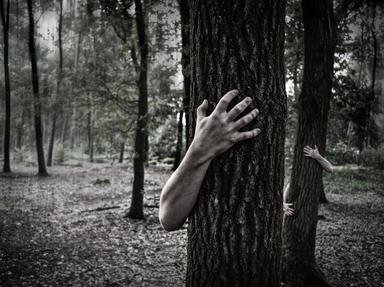Quiz Answer Key and Fun Facts
1. On Lincoln's Birthday 1931, Universal released "Dracula" to great commercial success. Starring in the title role, Hungarian expatriate Bela Lugosi defined the role essentially for all time; despite numerous remakes, his visage remains the real Dracula for most people. In the film itself, however, Lugosi was very nearly upstaged by the manic yet precise performance of the actor playing Dracula's thrall, Mr. Renfield. Who was this remarkable performer?
2. Though Universal's "Dracula" is best known for Lugosi's timeless work, the lion's share of what made the film so memorable may well have gone on behind the scenes. Particularly notable is the remarkable photography by a German cinematographer who had worked on many classics of the silent era. Who was this artist that would later direct Universal's "The Mummy"?
3. While filming the iconic version of "Dracula", Universal undertook the remarkable step of filming a Spanish version of the movie concurrently. Which of these is NOT true about the 1931 Spanish version of "Dracula"?
4. After many creative false starts, Universal finally got around to following up "Dracula" in 1936 with "Dracula's Daughter". Critical reception for this film has been historically mixed, but its defenders have pointed out its several daring elements. Which of these "edgy" aspects is present in "Dracula's Daughter"?
5. In 1943, Universal brought out "Son of Dracula", an attempt to revive it's vampire legacy with much of the cast and crew (including star Lon Chaney, Jr.) that had made 1941's "The Wolf Man" a great success. Unfortunately, this was not to be, perhaps partially because of the name the title character assumes. What name is this?
6. During World War II, Universal concentrated on making snappy thrillers that appealed to younger viewers as opposed to the more adult-oriented fare they had specialized in during the 1930s. Emblematic of this trend were "House of Frankenstein" and "House of Dracula", both featuring John Carradine as Dracula - along with Lon Chaney, Jr. as the Wolf Man and Glenn Strange as Frankenstein's Monster. Who plays the Mummy in these films?
7. Along with Lugosi and Chaney, the greatest star of the Universal era in classic horror films was Boris Karloff. Though "Karloff the Uncanny" never played Dracula, he did interact with the character in one Universal film. Which picture was this?
8. In 1948, Universal tried a unique tactic to revive both its flagging horror productions and the declining fortunes of its comedy team, Abbott and Costello. The result, aptly enough, was "Abbott and Costello Meet Frankenstein", featuring the redoubtable duo entangled in the strange goings-on that characterized "House of Frankenstein" and "House of Dracula". What Universal horror veteran returned to the Dracula role to effectively end Universal's "classic" series of Dracula movies?
9. One of the recurring motifs of Universal's Dracula films is the vampire who wants to be rid of the undead curse. Which pair of movies in the series build their plots around this idea?
10. Perhaps the most notable difference between the Universal Dracula movies and their later-day successors was their restraint. Most of the more shocking action occurs offscreen, and there are no fangs. Which of these is the only performer to actually be shown biting anyone?
Source: Author
stuthehistoryguy
This quiz was reviewed by FunTrivia editor
skunkee before going online.
Any errors found in FunTrivia content are routinely corrected through our feedback system.

